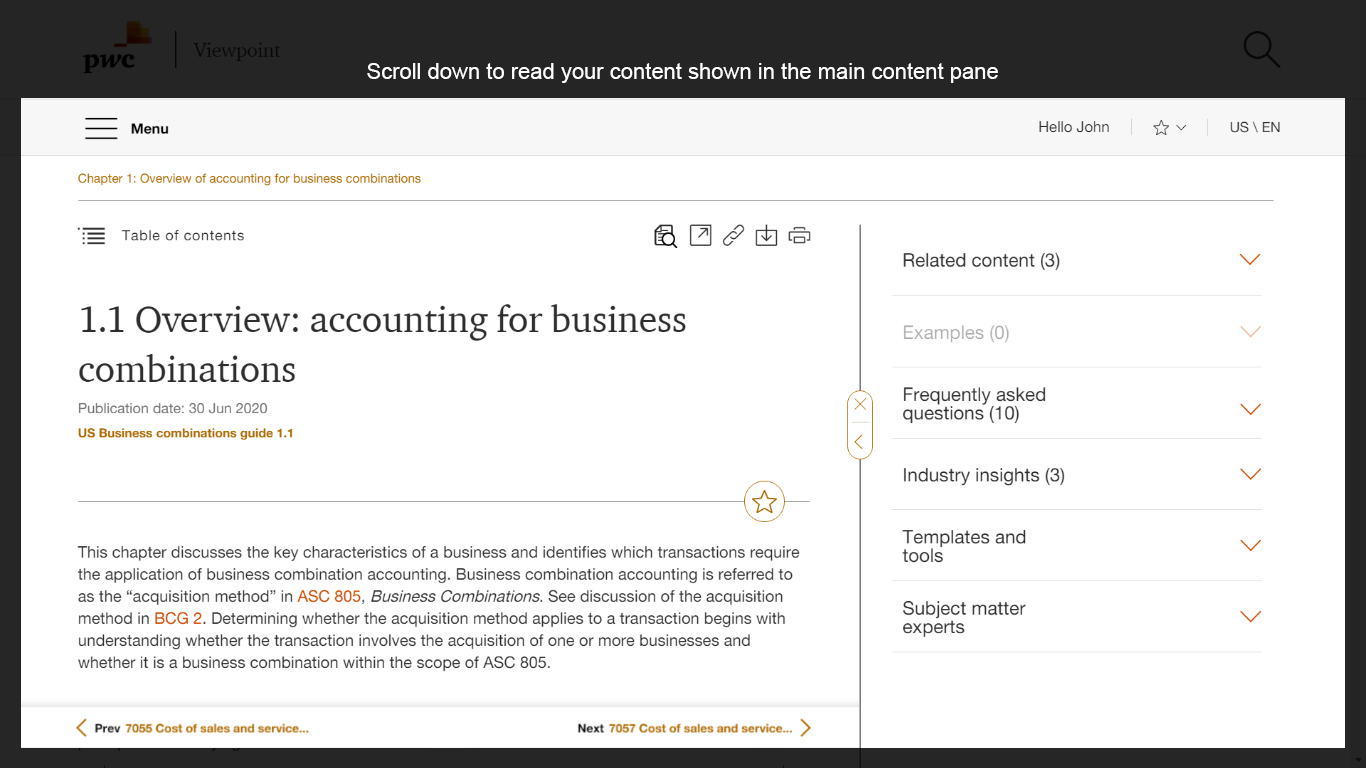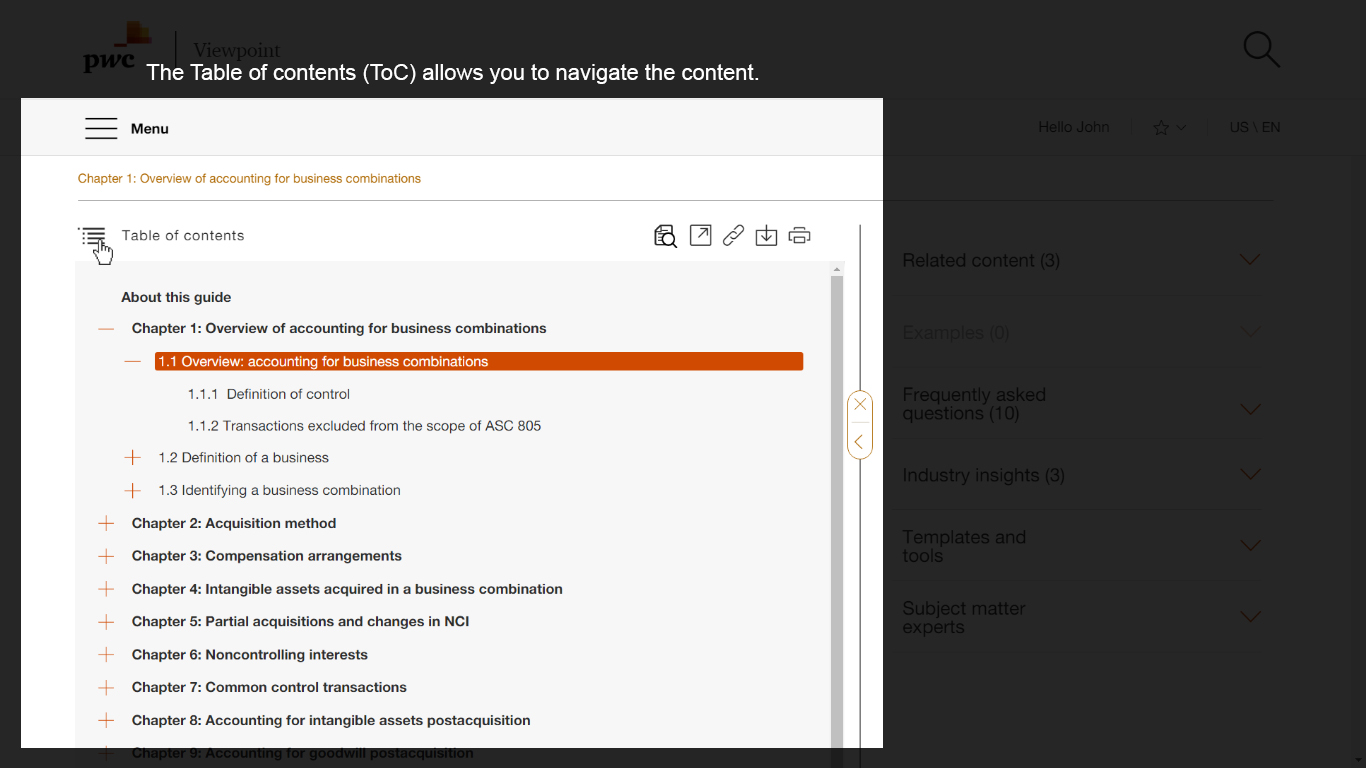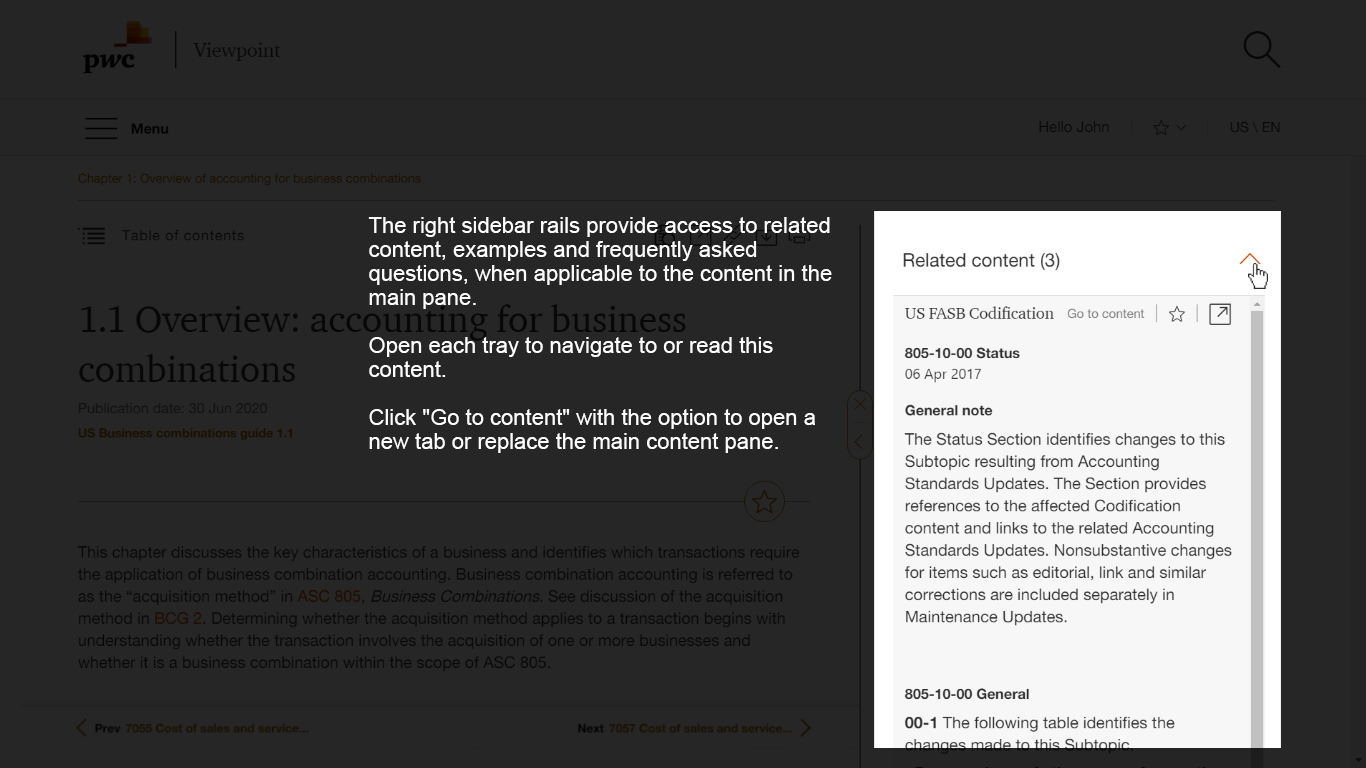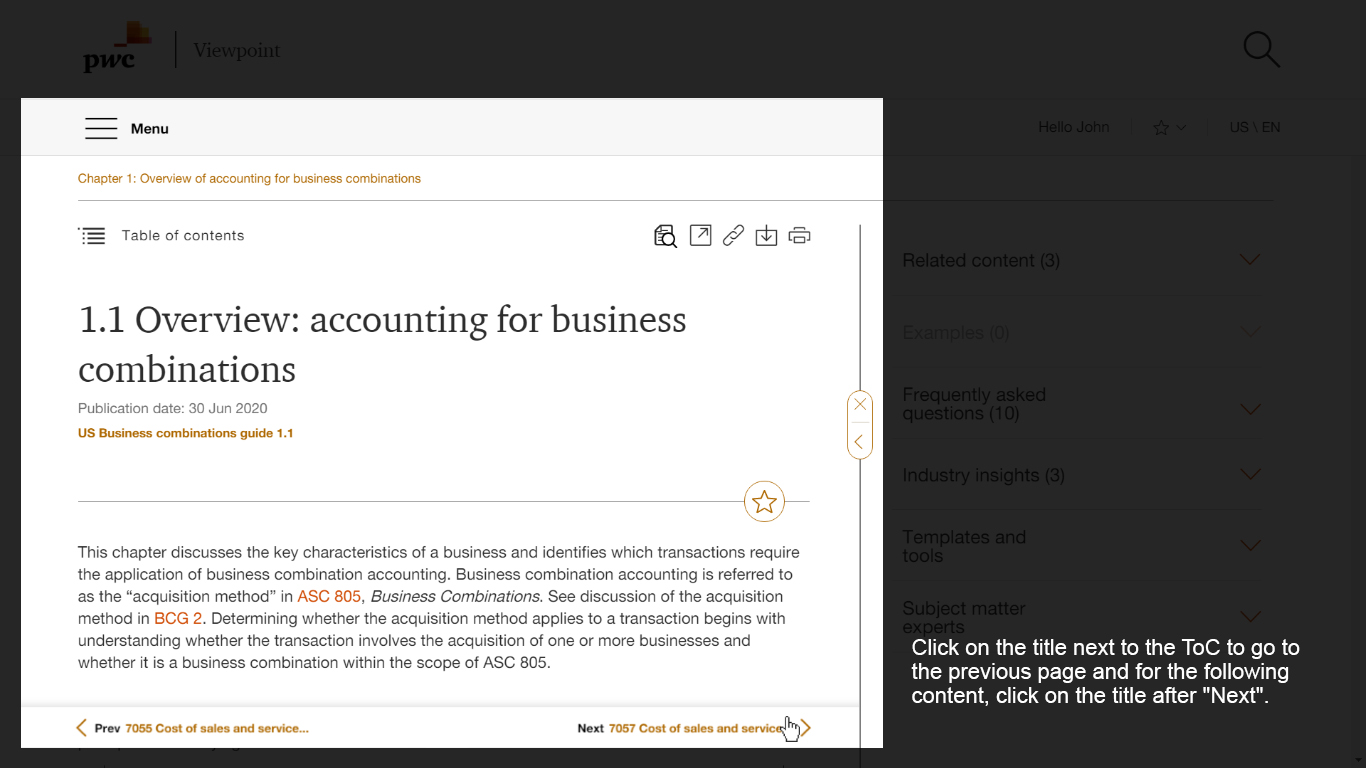ASC 860-50-50-4 requires the following disclosures for servicing assets and liabilities subsequently measured under the amortization method for each period for which an income statement is presented:
- The activity in the balance of each class of servicing assets and liabilities including but not limited to:
- The fair value for each class of recognized servicing assets and liabilities at the beginning and end of the period
- The risk characteristics used to stratify servicing assets for purposes of measuring impairment. If the predominant risk characteristics and corresponding strata are changed, the reporting entity should disclose that fact and the reasons for those changes.
- For each period for which an income statement is presented, the activity by class in any valuation allowance of servicing assets, including:
- Beginning and ending balances
- Aggregate additions charged and recoveries credited to operations
- Aggregate write-downs charged against the allowance
Figure FSP 22-6 illustrates a sample disclosure of accounting and reporting policies relating to servicing assets and liabilities, and the disclosures about the changes in the balances of those assets and liabilities during the reporting period. For simplicity, this sample disclosure omits any required comparative amounts. Although presented here as a single footnote, a reporting entity may prefer instead to include some of the information in its summary of significant accounting policies.
Figure FSP 22-6
Sample disclosure—servicing assets and servicing liabilities
Note X: Servicing Assets and Servicing Liabilities
In accordance with applicable accounting standards, the Company records a separate servicing asset or servicing liability representing the right or obligation to service third-party mortgage loans or mortgage loans that it has securitized in transactions accounted for as a sale. If servicing is retained in connection with these securitizations, the resulting servicing asset or liability is initially recorded at its fair value as a component of the transaction’s sale proceeds. Initial measurement is based on an analysis of discounted cash flows based on assumptions that market participants use to estimate fair value including, but not limited to, estimates of prepayment rates, default rates, discount rates, contractual servicing fee income, escrow account earnings, and ancillary income and late fees.
Servicing assets and servicing liabilities are subsequently measured at either fair value or amortized in proportion to, and over the period of, estimated net servicing income. The Company elects one of those methods on a class basis. A class is determined based on (1) the availability of market inputs used in determining the fair value of servicing assets and servicing liabilities, and/or (2) our method for managing the risks of servicing assets and servicing liabilities. Based on consideration of these factors, the Company currently applies the fair value method when accounting for servicing rights related to residential real estate loans. The amortization method is followed with respect to servicing rights for commercial mortgage loans.
Servicing assets and servicing liabilities relating to commercial mortgage loans are amortized in proportion to, and over the period of, estimated net servicing income. The impairment of those servicing assets or increases in fair values of servicing liabilities (above carrying values) are evaluated through an assessment of the fair value of those assets and liabilities via a disaggregated, discounted cash flow method under which the assets and liabilities are disaggregated into various strata, based on predominant risk characteristics. The net carrying value of each stratum is compared to its estimated fair value to determine whether adjustments should be made to carrying values or amortization schedules. Impairment of a servicing asset is recognized through a valuation allowance and a charge to current period earnings if it is considered to be temporary or through a direct write-down of the asset and a charge to current period earnings if it is considered other-than-temporary. An increase in the fair value of a servicing liability above its carrying value is recognized through an increase in the liability and a charge to current period earnings. The predominant risk characteristics of the underlying commercial mortgage loans that are used to stratify the servicing assets and liabilities for impairment purposes generally include the (1) loan origination date, (2) loan rate, (3) loan type and size, (4) loan maturity date, and (5) geographic location.
The rate of prepayment of loans serviced (both commercial and residential) is the most significant estimate involved in the measurement process. Estimates of prepayment rates consider prepayment history, projections observed or inferred in the marketplace, industry trends, and other considerations. Actual prepayment rates frequently differ from those projected by management due to changes in a variety of economic factors, including prevailing interest rates and the availability of alternative financing sources to borrowers. If actual prepayments of the loans being serviced were to occur more quickly than projected, the Company may be required to write down the carrying value of servicing through a charge to earnings (or in the case of a servicing liability, reduce the carrying value through a credit to earnings in certain circumstances) in the current period. Conversely, if actual prepayments of the loans being serviced were to occur more slowly than had been projected, the carrying value of servicing assets could increase, and servicing income would exceed previously projected amounts; in the case of a servicing liability, a charge to earnings may be required in these circumstances. Accordingly, the servicing assets actually realized, or the servicing liabilities actually incurred, could differ from the amounts initially recorded.
Changes in the balances of servicing assets and servicing liabilities for residential mortgage loans measured using the fair value method for the year ended December 31, 20X7 were:
|
Residential mortgage loans |
|
Servicing assets |
Servicing liabilities |
Fair value as of January 1, 20X7 |
$xx,xxx |
$xxx |
|
Purchases of servicing assets |
x,xxx |
N/A |
Assumption of servicing obligations |
x,xxx |
xx |
Servicing obligations that result from transfers of financial assets |
xx,xxx |
xx |
Subtractions—disposals: |
(xx) |
(x) |
|
Due to change in valuation inputs or assumptions used in valuation model |
xx/(xx) |
xx/(xx) |
Other changes in value |
xx/(xx) |
xx/(xx) |
Fair value as of December 31, 20X7 |
$xxx,xxx |
$xx |
Changes in the balances of servicing assets and servicing liabilities for commercial mortgage loans subsequently measured using the amortization method for the year ended December 31, 20X7 are as follows:
|
Commercial mortgage loans |
|
Servicing assets |
Servicing liabilities |
Carrying amount as of January 1, 20X7 |
$xx,xxx |
$xxx |
|
Purchases of servicing assets |
xxx |
N/A |
Assumption of servicing obligations |
xx |
x |
Servicing obligations that result from transfers of financial assets |
x,xxx |
x |
|
|
Amortization |
(x,xxx) |
(xx) |
Other-than-temporary impairments |
(xx) |
N/A |
Recognition of additional servicing liability stemming from increase in fair value |
N/A |
x |
Carrying amount before valuation allowance |
xx,xxx |
xxx |
Valuation allowance for servicing assets: |
|
|
Beginning balance |
xxx |
N/A |
Provision charged to operations |
xx |
N/A |
Other-than-temporary impairments |
(xx) |
N/A |
Sales and disposals |
(xx) |
N/A |
|
Carrying amount as of December 31, 20X7 |
$xx,xxx |
$xxx |
Fair value as of January 1, 20X7 |
$xx,xxx |
$xxx |
Fair value as of December 31, 20X7 |
$xx,xxx |
$xxx |












